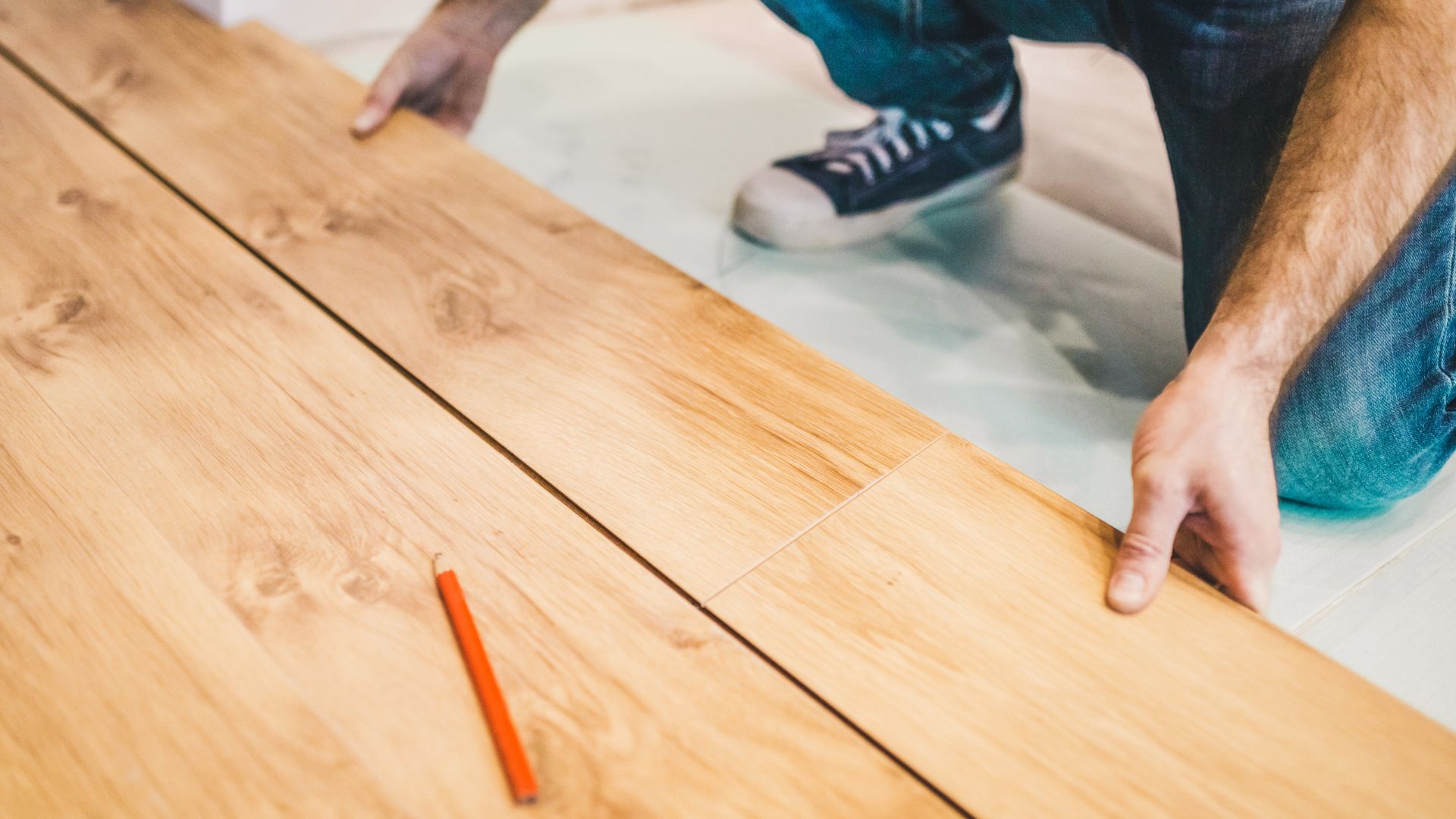

Floating floors have become a popular choice for flooring in homes, offices and other commercial spaces. A floating floor is a type of floor that is not attached to the subfloor or the underlying structure, but is instead built with all its components attached to each other. The result is a floor that appears to “float” on top of the subfloor without being fixed to it. Laminate flooring is one of the most common types of floating floors.
The term “floating floor” can be somewhat misleading as the floor is not actually floating in the traditional sense. The individual components of the flooring are locked together using a tongue-and-groove system, creating a stable, solid surface that can support foot traffic and furniture. The reason that the floor is referred to as “floating” is because it is not fastened to the subfloor. This type of installation method is possible because laminate flooring is a relatively lightweight flooring option and is designed to withstand normal wear and tear without being fastened to the subfloor.
One of the main benefits of floating floors is their ease of installation. Unlike other flooring options, such as hardwood or tile, floating floors can be installed relatively quickly and easily, with minimal tools and materials required. This makes them a popular choice for do-it-yourself projects and for those who want to update their floors without the hassle of a full flooring renovation.
Another key benefit of floating floors is their durability. Laminate flooring is made from high-density fiberboard that is engineered to withstand wear and tear, making it an ideal choice for high-traffic areas. The wear layer on the top of the laminate provides extra protection against scratches, dents, and other damage. Additionally, laminate flooring is water-resistant, making it a great choice for homes and businesses that have high moisture levels.
The versatility of floating floors is another reason why they have become so popular. Laminate flooring is available in a wide range of colors, patterns, and styles, allowing you to easily find the perfect look for your home or business. Whether you want the look of hardwood, stone, or tile, there is a laminate flooring option that will meet your needs. This makes it easy to find a flooring solution that fits your decor and budget.
Floating floors are also an eco-friendly flooring option. Laminate flooring is made from renewable materials and can be recycled at the end of its life, making it a sustainable choice for those who are concerned about the environment. Additionally, floating floors are energy efficient as they help to reduce heat loss and improve indoor air quality.
Finally, floating floors are cost-effective compared to other flooring options. Laminate flooring is significantly less expensive than hardwood or tile, making it a great choice for those who are working within a tight budget. Additionally, the ease of installation of floating floors means that you can save money on labor costs, as you can install the flooring yourself or with the help of a few friends.
In conclusion, a floating floor is a type of floor that is built with all its components attached to each other, but not to the underlying subfloor. Laminate flooring is one of the most common types of floating floors and provides a number of benefits, including ease of installation, durability, versatility, eco-friendliness, and cost-effectiveness. If you’re looking for a new flooring solution, floating floors may be just what you need!





